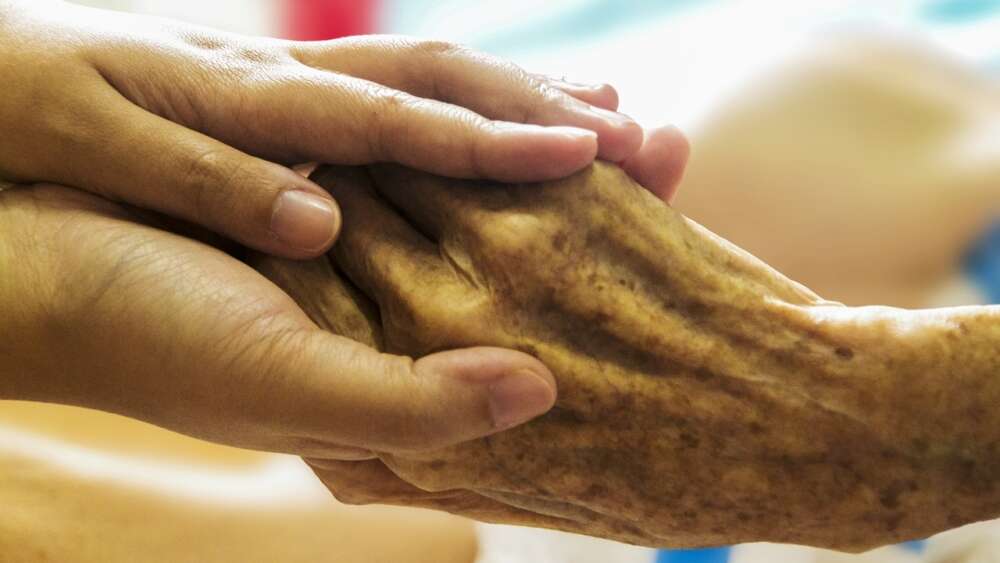The NSW government has promised $743 million in extra funding for palliative care services over the next five years, highlighting some of the work that needs to be done to ensure quality end-of-life care is available to everyone across the state.
Premier Dominic Perrottet, who opposed the recently passed Voluntary Assisted Dying Act, said the 2022-23 funding boost would be on top of the $300 million the government already invests each year in palliative care.
The package includes $650 million over five years to provide an extra 600 nurses, allied health professionals, doctors and support staff, and boost hospital capacity for palliative care as well as support for people who wish to remain in their home at the end of life.
A further $93 million will be used for capital investment to redevelop and refurbish NSW Health facilities, including newly dedicated palliative care units at Westmead Hospital and Nepean Hospital.
“I want to make sure that in our state, we have not just the best palliative care services in the country but the world.” – Dominic Perrottet
The announcement comes a month after the passing of the state’s VAD law. During the parliamentary debate, both the Premier and the Opposition Leader Chris Minn opposed the legislation.
Perrottet said the government’s commitment was about “providing the greatest possible comfort and dignity to people who are at the end of their life, whether that’s in hospital, at home or in the wider community, right across the state.”
“The sign of any just society is how we look after the most vulnerable, and for too long in this state, we have not provided the care and support for those who are coming to the end of their life. I want to make sure that in our state, we have not just the best palliative care services in the country but the world.”
Welcoming the promised additional funding Linda Hansen, CEO of Palliative Care NSW, said the announcement covered almost everything the peak body had included in its budget submissions each year.
“This funding will provide certainty to services and organisations when developing programs to enable people to live well with a life-limiting illness and support people and their families at end-of-life,” she said.
She also welcomed the renewed focus on delivering high-quality palliative care in regional and rural areas.
“Providing more resources, support and training for nurses, allied health professionals, doctors and palliative care support staff across NSW will improve palliative and end-of-life care experiences for patients and their families now and into the future. This funding is recognition of the dedication and commitment of those working in the Palliative Care sector to provide the best outcomes for NSW residents.”
“Current estimates are that up to 75 per cent of people dying in Australia now miss out on palliative care.” – Andrew Montague
The scarcity of high-quality palliative care facilities in rural and regional areas had been identified as posing a difficult dilemma for people with terminal illnesses in the wake of the passage of the Voluntary Assisted Dying Act in NSW.
“Its impact is severe because even though VAD is touted as a choice, it really means for a lot of people there is no choice – they have VAD but not the alternative of the high standard of [palliative] care approach,” Maria Cigolini, Clinical Director of Palliative Medicine at Sydney’s Royal Prince Alfred Hospital, told Eternity earlier this month.
HammondCare, which is a significant provider of palliative care services in Sydney, said the state government’s commitment to more community-based services to reduce stays in hospital was encouraging, and it looked forward to hearing more about the government’s plans for partnerships with non-government organisations, primary care organisations, and aged care providers.
“This announcement must be viewed as only a start, however. Current estimates are that up to 75 per cent of people dying in Australia now miss out on palliative care. In residential aged care, the results are even worse, with only about 6 per cent of residents accessing palliative care despite increasingly complex needs. In regional areas, end-of-life support is effectively a postcode lottery,” HammondCare general manager, health and palliative care, Andrew Montague, said.
HammondCare last month released a strategy, Reshaping palliative care for the future: Strategy to 2026, to assist more people to die with peace and dignity in their own homes, in residential aged care or in hospitals.
Email This Story
Why not send this to a friend?


